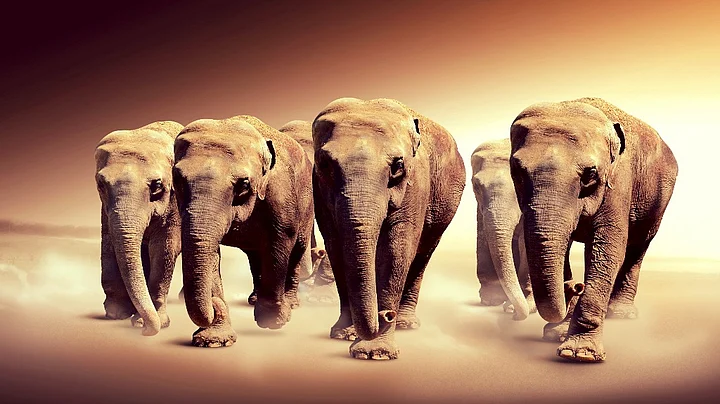When humans and elephants meet, the outcome can be deadly. Every year, 40 to 50 wild elephants are killed by humans in India, according to the World Wildlife Fund. Elephants kill 100 to 300 humans a year.
Like any large wild animal, the more their habitat is restricted, the more likely they are to come into contact with humans. Only 22 percent of elephant territories in India are protected from humans, and elephant populations have risen by 75% since he 1960’s – so space is getting tight for these large creatures.
But protecting their entire range is complicated. Elephants roam over thousands of kilometres through “Elephant Corridors.”
As they search for food and water, they pass through villages and towns, crossing railways and farms. Elephants cause major destruction as they eat their way through farmers’ crops – elephants can eat for up to 19 hours a day. Every year, the agricultural industry loses millions of dollars, studies by the WWF suggest.
Helping communities track elephants and protect their crops could reduce human-animal conflict across the country – so that growing populations and increasing development don’t lead to more deadly clashes.
